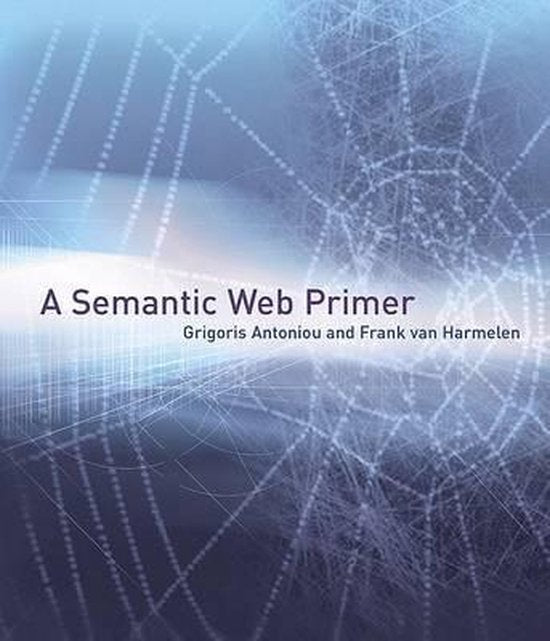De Boeken van Wouter
A Semantic Web Primer
A Semantic Web Primer
Kan beschikbaarheid voor afhalen niet laden
Verzending is beschikbaar op maandag en vrijdag
Meestal verzonden binnen 1–4 dagen na bestelling
4 boeken kopen = 3 betalen
Gratis verzending vanaf €25
Titel: A Semantic Web Primer
Schrijver: Grigoris Antoniou
Bindingswijze: Hardcover
EAN: 9780262012102
Conditie: Goed
Let op: Hieronder staat een algemene beschrijving van hoe wij onze conditietypes classificeren. Als u een nauwkeuriger beeld wilt of specifieke vragen heeft, stuur ons dan een bericht en we kijken het graag voor u na.
Conditie-omschrijvingen:
- Als Nieuw: Nauwelijks gebruikssporen, bijna als nieuw.
- Goed: Kan lichte gebruikssporen vertonen, zoals wat verkleuring of een naam op de schutbladen, maar doorgaans geen onderstrepingen of aantekeningen in de tekst.
- Redelijk: Boek in redelijke staat. Kan gebruikssporen vertonen, zoals verkleuring, leesvouwen in de rug, onderstrepingen, aantekeningen, lichte vervuiling aan de randen, ezelsoren of een kromme rug.
- Nieuw: Boek is nieuw.
Beschrijving:
A systematic description of ideas, languages, and technologies that are central to the development of the Semantic Web, for use as a textbook or guide to self-study. The development of the Semantic Web, with machine-readable content, has the potential to revolutionize the World Wide Web and its use. A Semantic Web Primer provides an introduction and guide to this emerging field, describing its key ideas, languages, and technologies. Suitable for use as a textbook or for self-study by professionals, it concentrates on undergraduate-level fundamental concepts and techniques that will enable readers to proceed with building applications on their own. It includes exercises, project descriptions, and annotated references to relevant online materials. A Semantic Web Primer is the only available book on the Semantic Web to include a systematic treatment of the different languages (XML, RDF, OWL, and rules) and technologies (explicit metadata, ontologies, and logic and inference) that are central to Semantic Web development. The book also examines such crucial related topics as ontology engineering and application scenarios. After an introductory chapter, topics covered in succeeding chapters include XML and related technologies that support semantic interoperability; RDF and RDF Schema, the standard data model for machine-process-able semantics; and OWL, the W3C-approved standard for a Web ontology language more extensive than RDF Schema; rules, both monotonic and nonmonotonic, in the framework of the Semantic Web; selected application domains and how the Semantic Web would benefit them; the development of ontology-based systems; and current debates on key issues and predictions for the future.
Share

